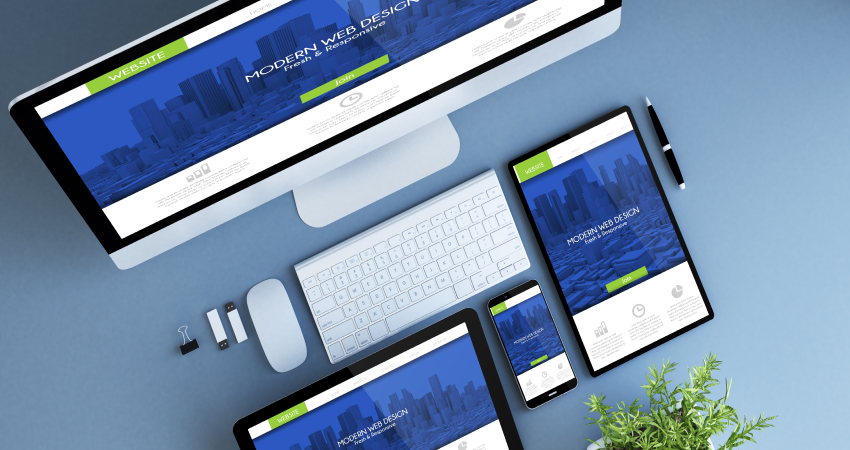Introduction:
In the world of web design, the one-page layout has gained significant popularity for its simplicity, elegance, and user-friendly experience. As the name suggests, a one-page layout condenses all the essential information into a single, scrollable page, eliminating the need for multiple pages and complex navigation. In this article, we will delve into the concept of one-page layouts, exploring their benefits and discussing scenarios where they can be effectively used to create impactful websites.
Seamless User Experience:
One-page layouts offer a seamless and intuitive user experience. Users can effortlessly scroll through the content without having to navigate between different pages. This eliminates the risk of visitors getting lost or confused, resulting in a more engaging and enjoyable experience. The streamlined nature of one-page layouts also ensures that users can quickly find the information they are seeking, leading to improved usability and higher conversion rates.
Simplified Navigation:
With one-page layouts, navigation becomes incredibly straightforward. Instead of complex menus and submenus, users can simply scroll through the page to access different sections of the website. This simplicity reduces cognitive load and makes it easier for users to explore the content. Additionally, one-page layouts are ideal for mobile devices, where scrolling is more natural than navigating through multiple pages.
Storytelling and Visual Impact:
One-page layouts provide an excellent platform for storytelling and visual impact. By structuring content in a sequential manner, designers can create a narrative flow that guides users through the page. This allows for a more engaging storytelling experience, especially for brands or individuals looking to showcase their products, portfolios, or personal journeys. The single-page format also lends itself well to incorporating compelling visuals, such as large images, videos, and animations, making a strong visual impact on visitors.
Improved Performance and SEO:
One-page layouts can contribute to improved website performance and search engine optimization (SEO). Since all the content is contained on a single page, there are fewer HTTP requests, resulting in faster load times. This enhances the overall user experience and reduces bounce rates. From an SEO perspective, one-page layouts allow for targeted optimization of keywords and content on a single URL, making it easier for search engines to crawl and index the website.
Ideal for Small Projects and Landing Pages:
One-page layouts are particularly well-suited for small projects, portfolios, event pages, and landing pages. These types of websites often have limited content and a specific goal in mind, making a one-page layout a perfect choice. It allows designers to create a concise and impactful presentation of information, directing the user’s attention to the most important elements. One-page layouts are also popular for promotional campaigns or product launches, where a focused and immersive experience is desired.
Conclusion:
The one-page layout offers a minimalist and user-friendly approach to web design. With seamless navigation, simplified user experience, storytelling potential, improved performance, and suitability for small projects and landing pages, it has become a compelling choice for many website designers. However, it is important to consider the specific goals, content requirements, and target audience when deciding whether to adopt a one-page layout. By understanding the benefits and considerations associated with one-page layouts, designers can harness their power to create visually appealing, engaging, and effective websites.

